Tillandsia Spotlight: The Great Xerographica Air Plant
It's easy to see why the Tillandsia xerographica air plant is a favorite of ours, and among many Tillandsia enthusiasts. A slow-growing epiphyte, the T. xerographica gets its name from the Greek words xeros (dry) and graphica (writing) and originates in Mexico, Guatemala and El Salvador. This stately and large plant is characterized by its full and striking spherical shape.

Beacause of its full and striking shape, it is a favorite among florists and designers in tablescapes, Tillandsia arrangements, and even wedding bouquets. Their impressive size and spherical shape have even inspired brides to use them on their own as a simple, modern alternative to a full bouquet. I used a large T. xerographica in my wedding bouquet, along with simple white hydrangeas, craspedia (billy balls) and baby's breath. (read more about how we used air plants in our wedding here)


These hearty air plants need somewhat less water than other air plants, and do well with spraying or mistings rather than prolonged soaks (a quick dunk in water works well too). You can also change the look of your Tillandsia xerographica by the amount you water it: less water will cause its leaves to be more tightly curled, whereas more frequent waterings will cause the leaves to loosen a bit for a fuller shape. Xerographica air plants are also one of the few Tillandsia that can handle direct sunlight. Of course the care of your xerographica and frequency of watering should be adjusted depending on your climate and where you keep it. Read more air plant care tips here.
While it will be slow to bloom and propagate, when it does bloom, it produces an impressive spike with yellow and red colors.
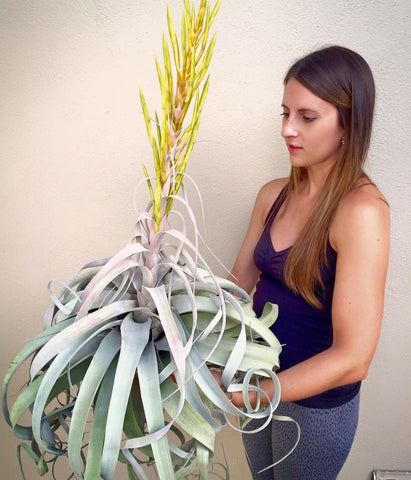
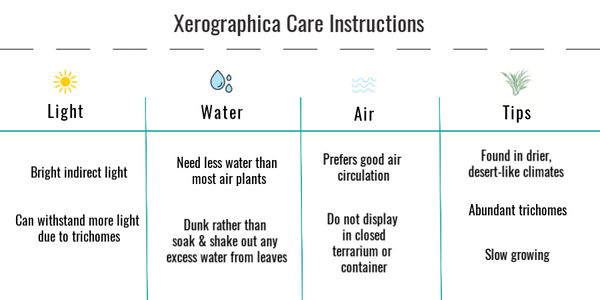


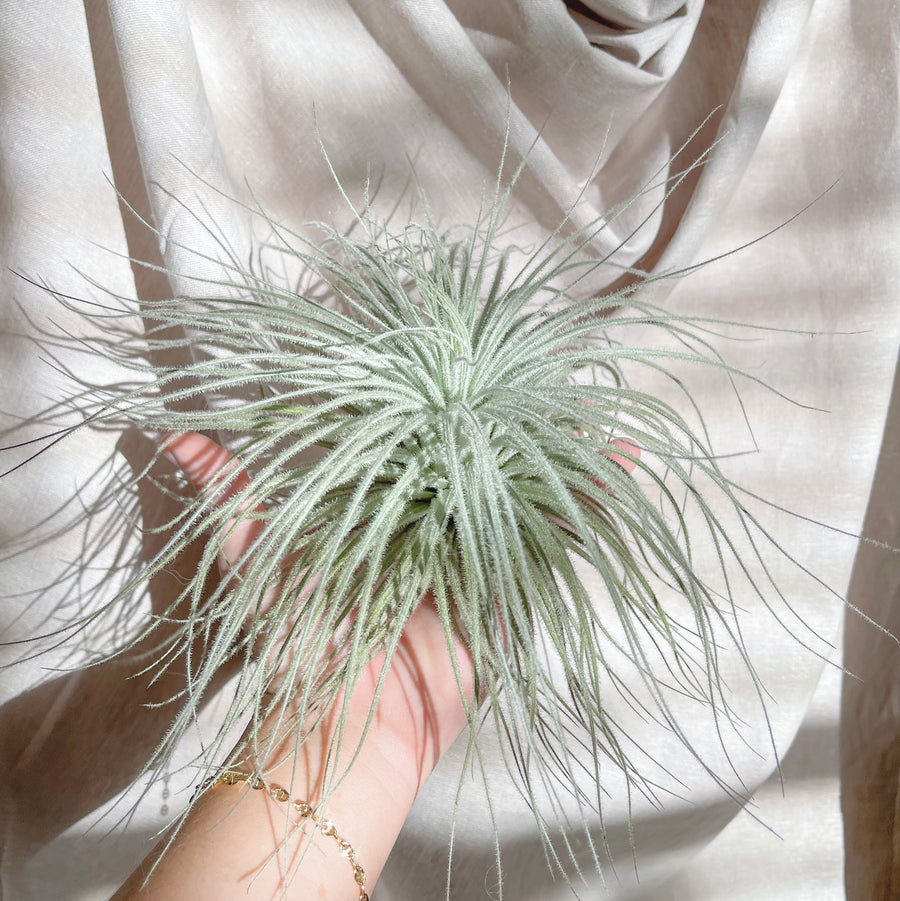
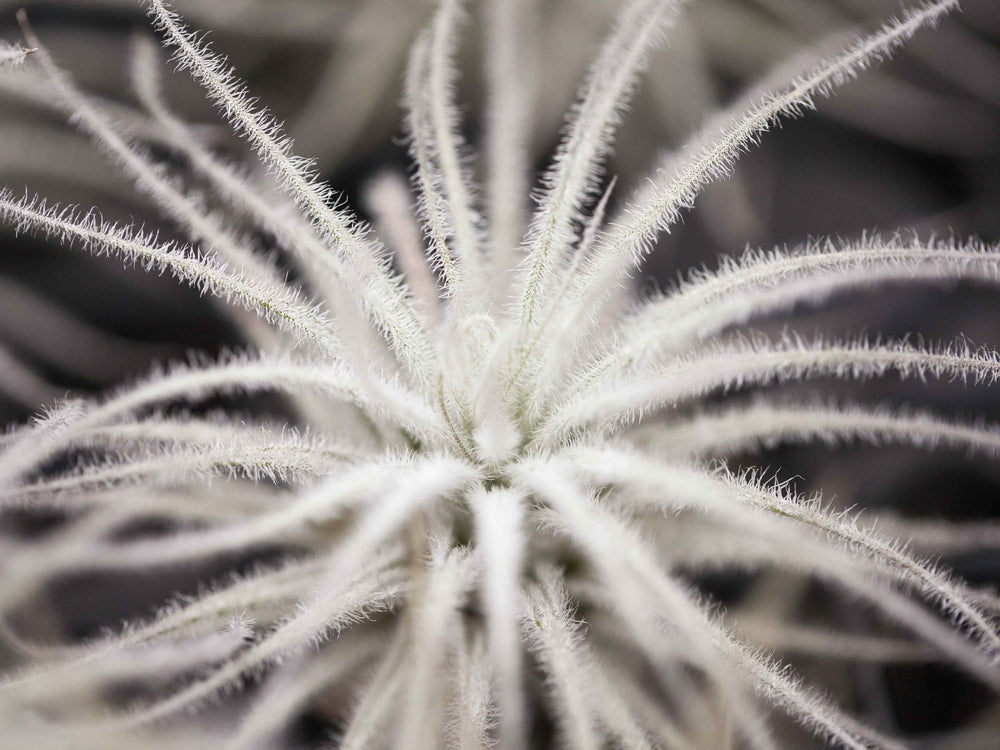
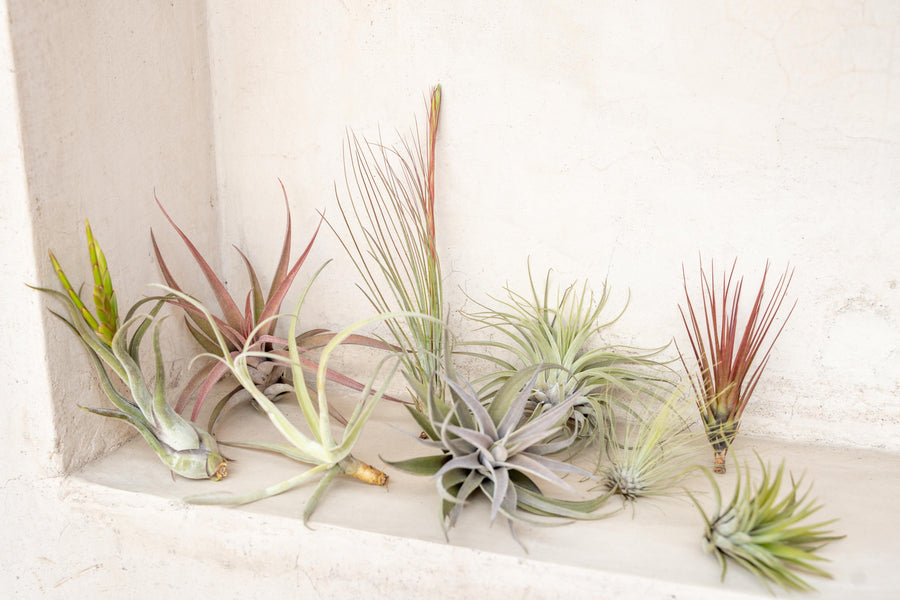
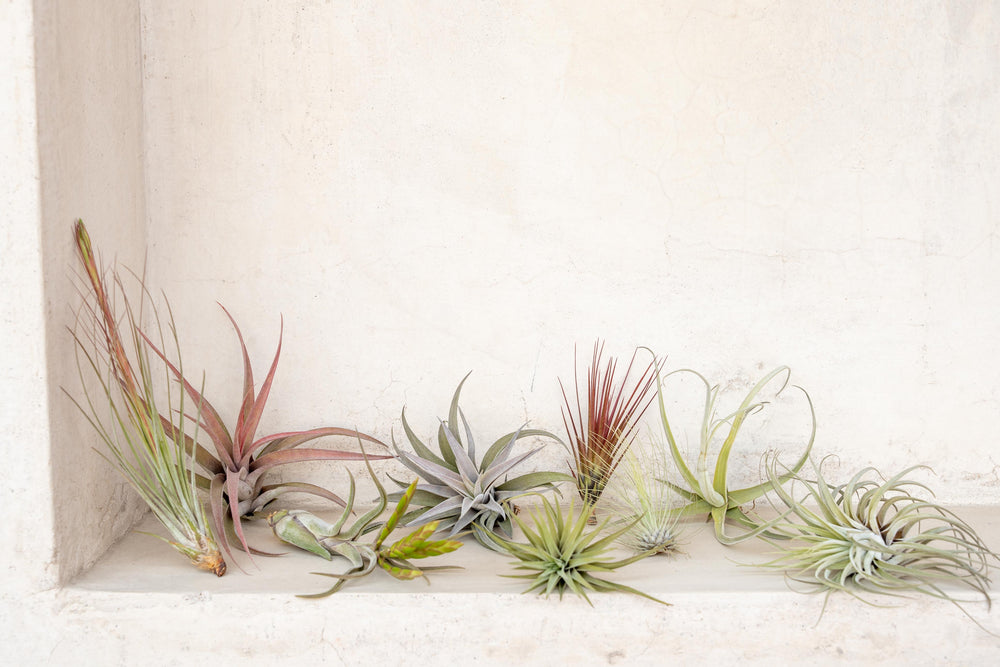
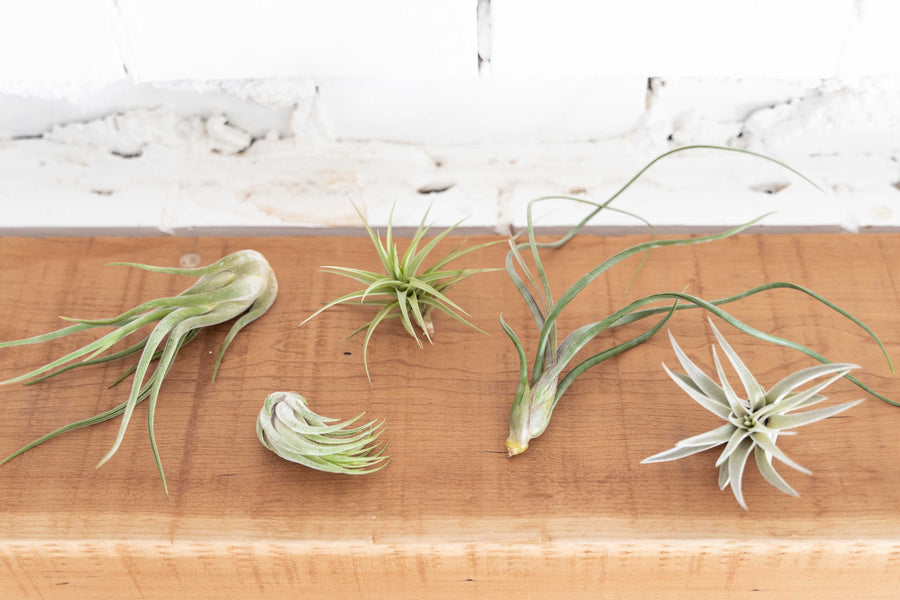
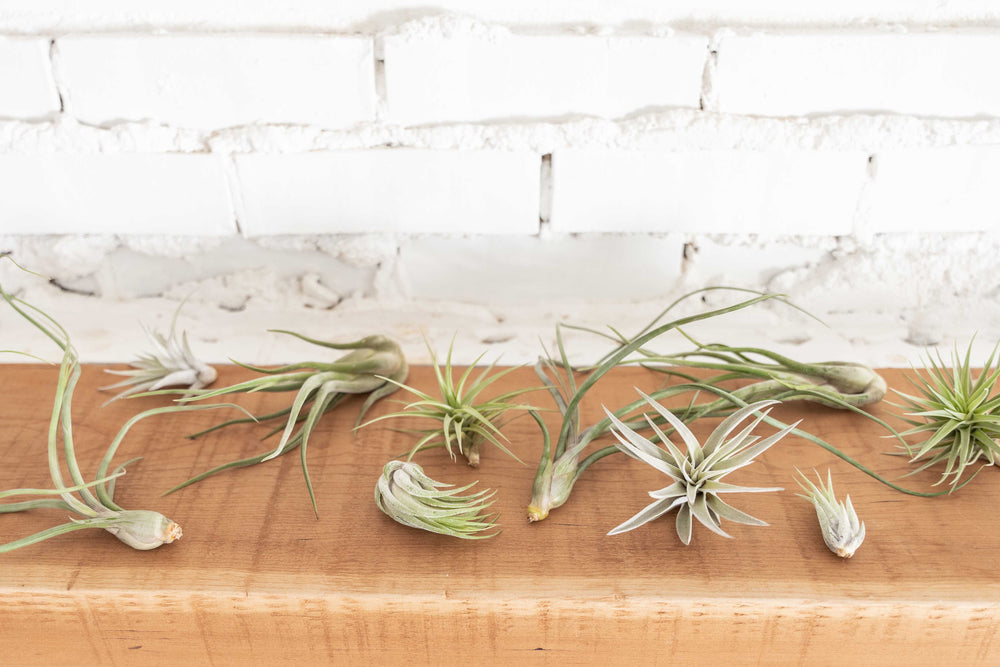
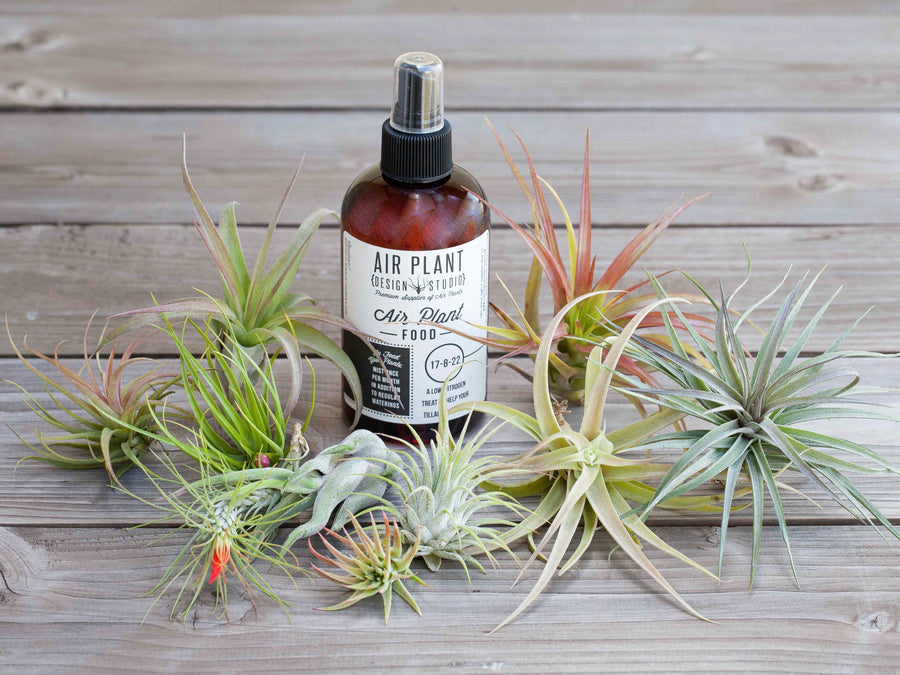

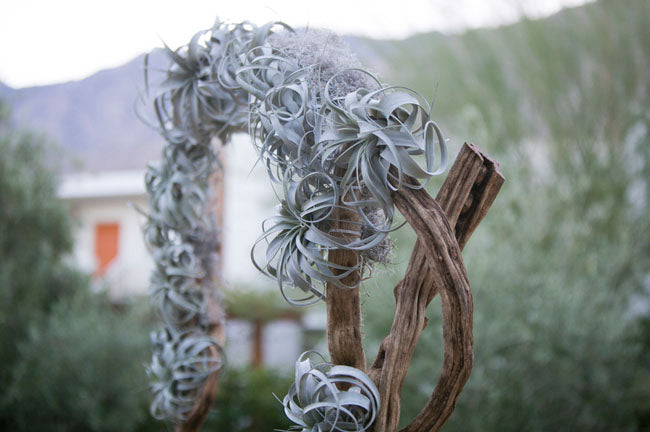
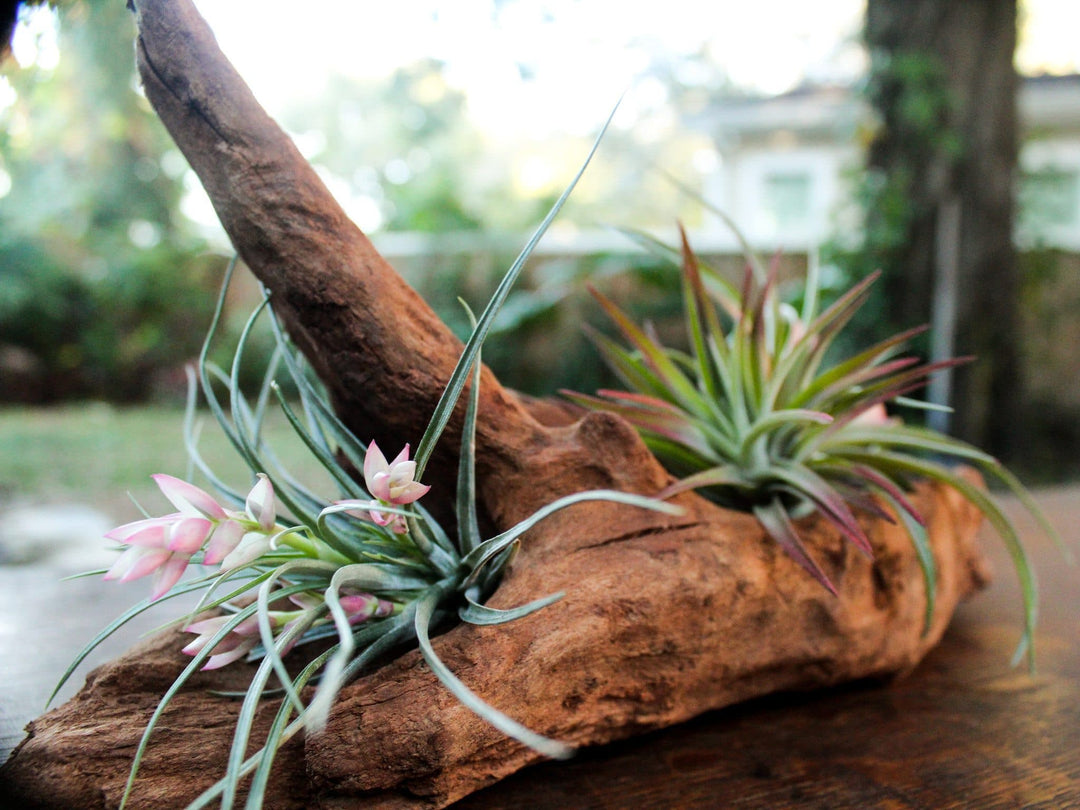
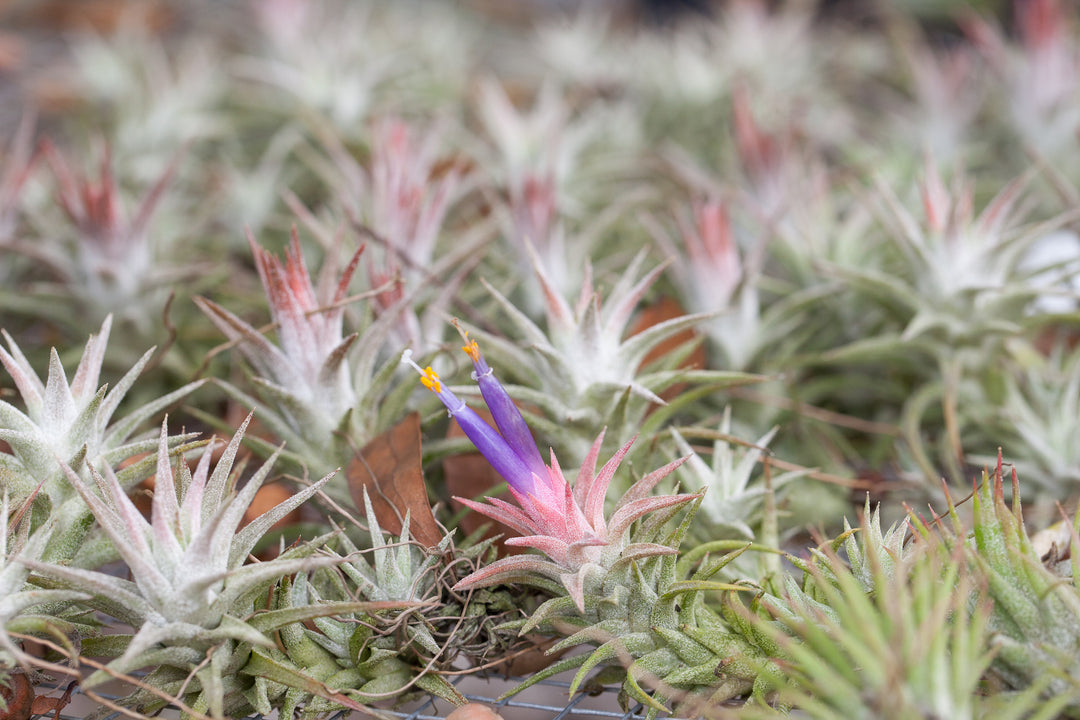
I didn’t know that these plants get that big. I have one in my bathroom. Do soak mine once a week and, set it on my window sill.
How long does it take for this to flower?
Love reading about air plants and will look for them at the Philadelphia flower show.
I want to follow ur update..air plant
Leave a comment